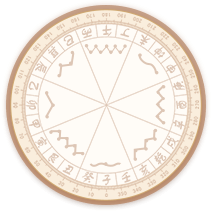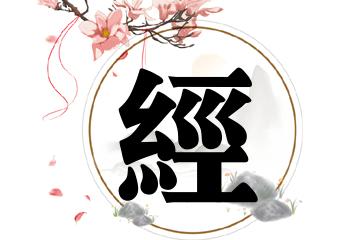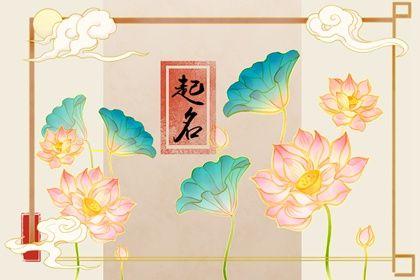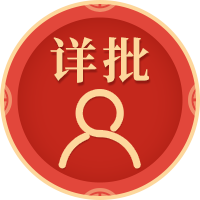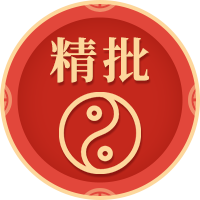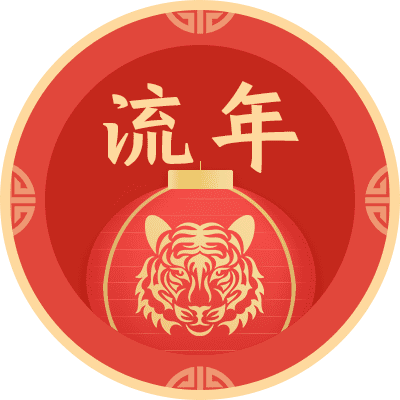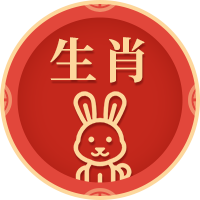如何为精心编织的物品起个好名字
- 作者: 朱锦沂
- 来源: 投稿
- 2024-10-18
一、如何为精心编织的物品起个好名字
如何为精心编织的物品起个好名字
1. 考虑物品的用途和功能:
围巾:温暖、舒适、时尚
帽子:保暖、遮阳、时尚
毛衣:保暖、舒适、时尚
毯子:舒适、温暖、装饰性
2. 寻找与物品相关的形容词:
柔软、舒适、温暖、时尚、别致、优雅、精致
3. 考虑物品的材料:
羊毛:温暖、耐用、透气
棉花:透气、吸湿、柔软
亚麻:透气、凉爽、耐用
4. 借鉴自然:季节:春风、夏日、秋叶、冬雪
元素:水滴、阳光、微风、大地
植物:玫瑰、百合、薰衣草、松树
5. 使用文学或神话中的元素:
神话人物:阿芙罗狄蒂、雅典娜、宙斯
文学作品:傲慢与偏见、哈利波特、简爱
6. 考虑物品的个人意义:
纪念品:纪念某人或某事
礼物:表达爱意或感谢
传家宝:代代相传7. 保持简洁和难忘:
避免使用冗长的或难以发音的名字
选择一个能让人记住并与物品产生共鸣的名字
示例:温暖的拥抱围巾:温暖、舒适的羊毛围巾
阳光灿烂的帽子:遮阳、时尚的棉质帽子
精致的蕾丝毛衣:优雅、精致的亚麻毛衣
宁静之夜毯子:舒适、温暖的羊毛毯子
阿芙罗狄蒂围巾:美丽、优雅的丝绸围巾
霍格沃茨毛衣:温暖、舒适的羊毛毛衣,灵感来自哈利波特系列
祖母的拥抱毯子:舒适、温暖的羊毛毯子,纪念祖母的爱
二、如何为精心编织的物品起个好名字英语
How to Name Your Exquisitely Crafted Item
1. Consider the Item's Purpose and Function:
What is the primary use of the item?
What specific features or qualities does it possess?
For example, a cozy blanket could be named "Serene Slumber" or "Warm Embrace."
2. Explore the Materials and Techniques Used:
What materials were used in its creation?
What unique techniques or craftsmanship were employed?
For example, a hand-woven tapestry could be named "Threads of Time" or "Intricate Tapestry."
3. Draw Inspiration from Nature or Art:
Look to the beauty and wonder of the natural world for inspiration.
Consider the colors, textures, and patterns found in nature.
For example, a delicate lace doily could be named "Whispers of the Wind" or "Floral Fantasy."
4. Use Poetic or Evocative Language:
Choose words that evoke emotions, create imagery, and capture the essence of the item.
Use alliteration, metaphors, or similes to enhance the name's impact.
For example, a hand-carved wooden bowl could be named "Nature's Embrace" or "Carved Symphony."
5. Consider the Item's Intended Audience:
Who is the target audience for the item?
What kind of names would appeal to their tastes and preferences?
For example, a baby blanket for a newborn could be named "Sweet Dreams" or "Cherished Moments."
6. Keep it Concise and Memorable:
Aim for a name that is easy to remember and pronounce.
Avoid using overly long or complex names.
For example, a knitted scarf could be named "Cozy Comfort" or "Winter's Embrace."
7. Test the Name:
Ask friends, family, or potential customers for feedback on the name.
See if it resonates with them and conveys the desired message.
Be open to suggestions and make adjustments as needed.
Additional Tips:
Use a thesaurus to explore synonyms and find the perfect words.
Consider using a name generator for inspiration.
Don't be afraid to experiment with different names until you find one that feels just right.

三、如何为精心编织的物品起个好名字呢
考虑物品的特征:材料:羊毛、棉花、丝绸、亚麻等
图案:花边、编织、刺绣、钩针等
颜色:单色、多色、渐变等
形状:围巾、毯子、帽子、手套等
用途:保暖、装饰、时尚等
从情感或个人经历中汲取灵感:
回忆:与物品相关的特殊时刻或人
情感:物品唤起的温暖、舒适、喜悦等感觉
灵感:自然、艺术、文学等外部来源
使用描述性语言:形容词:柔软、温暖、精致、别致等
名词:编织、花边、纱线、针脚等
动词:编织、钩针、刺绣、编织等
考虑目标受众:年龄:儿童、成人、老年人
性别:男性、女性、中性
风格:传统、现代、波西米亚等
其他技巧:保持简洁:一个或两个有意义的单词通常就足够了。
避免使用陈词滥调:例如,“舒适的围巾”或“精致的毯子”。
尝试不同的组合:将不同的单词和短语组合在一起,看看哪些听起来最合适。
征求反馈:向朋友、家人或其他编织者征求意见。
考虑物品的用途:例如,为保暖的围巾起一个温暖的名字,为装饰性毯子起一个优雅的名字。
示例:温暖的拥抱围巾
精致的蕾丝花边毯子
波西米亚编织帽子
舒适的羊毛手套
灵感刺绣壁挂
四、编织品寄托着人们什么样的美好愿望
编织品寄托着人们以下的美好愿望:
保护和温暖:毛衣、围巾和毯子等编织品提供温暖和保护,抵御寒冷和恶劣天气。
舒适和放松:柔软舒适的编织品,如毛毯和靠垫,营造出舒适和放松的氛围。
装饰和美观:编织品,如地毯、窗帘和壁挂,可以增添色彩、图案和纹理,美化家居空间。
传统和文化:编织品在许多文化中具有重要的传统意义,代表着工艺、技能和身份。
爱和关怀:亲手编织的物品通常被视为爱和关怀的表达,因为它们需要时间、精力和耐心。
好运和繁荣:在某些文化中,编织品被认为具有带来好运和繁荣的象征意义。
健康和幸福:编织被认为是一种放松和减压的活动,可以促进身心健康。
创造力和自我表达:编织为人们提供了一个表达创造力和个性的途径,通过不同的图案、颜色和纹理。
可持续性和环保:编织品通常使用天然材料,如羊毛、棉花和亚麻,这使其成为可持续和环保的选择。

